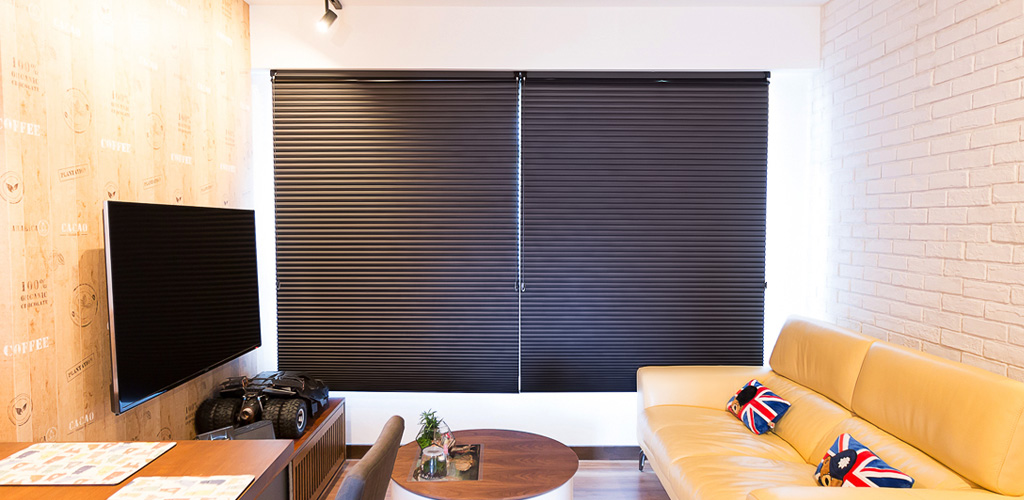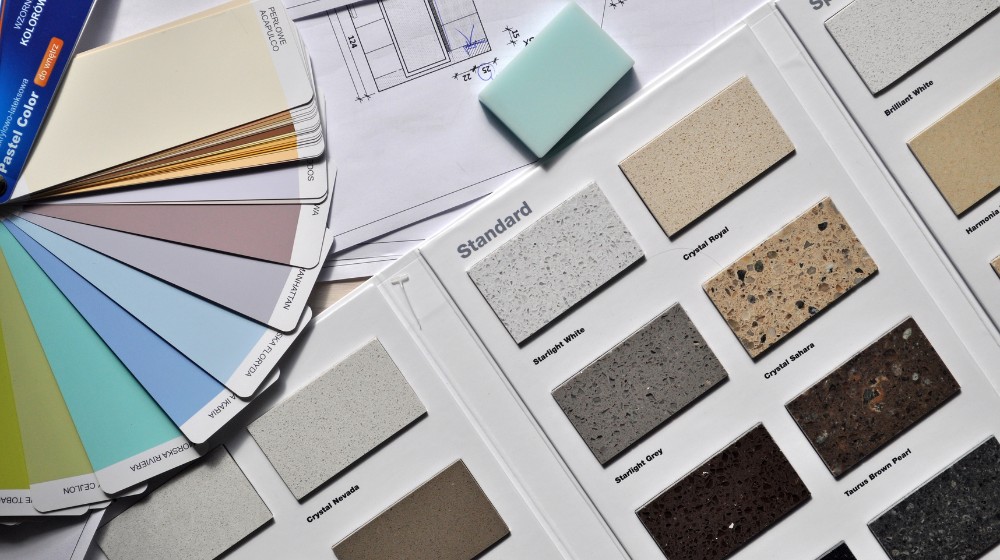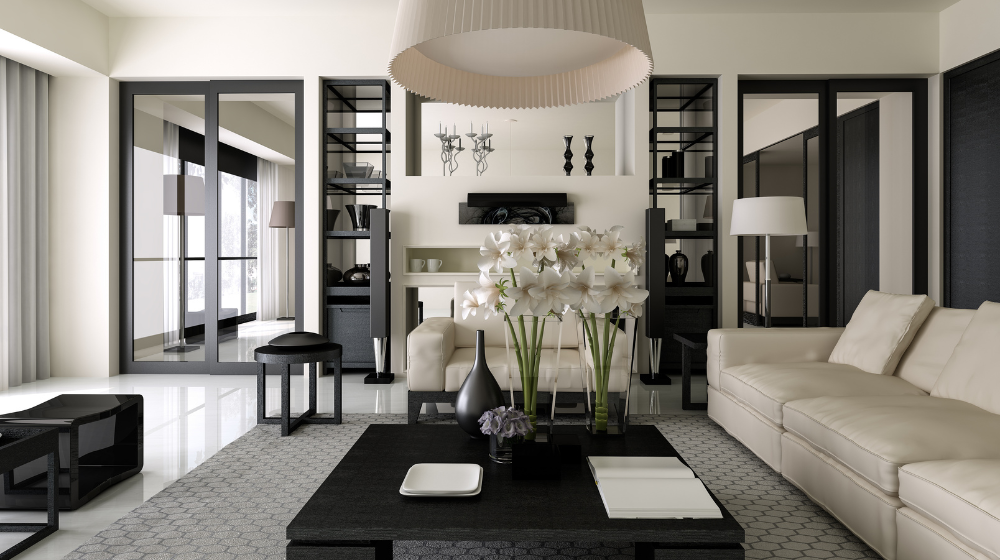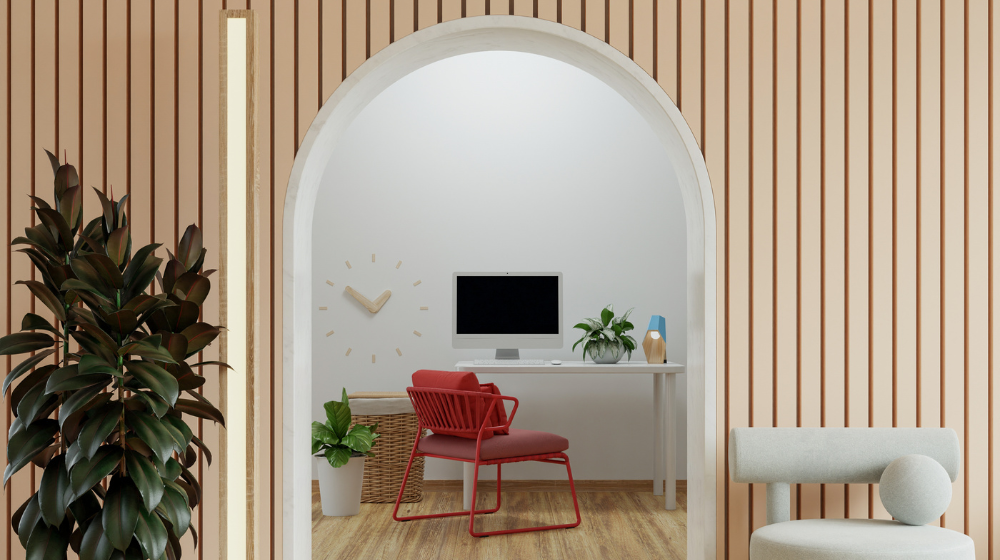Light colours and simple lines for bedroom
Whether you have a studio apartment, small home or a tiny room in your home that you would like to enhance, there are some basic rules for small room design that can help you make the most of your small space.
These tips for decorating a small room – or enhancing a small living space – will help you maximise space and make your room (and your home!) appear larger.
Furniture for Small Room Design
One of the biggest mistakes when decorating a small room is to fill the room with overstuffed or large furnishings. Smaller rooms and homes require smaller or more lightly scaled furniture. If you have a large, heavy piece of furniture that is absolutely fabulous, consider using it as a focal piece and then scaling down your other pieces.
In any small space, it’s important to not to feel boxed in. Keep your furnishings low to give the eye a place to roam, and choose pieces with clean lines. Balance the room with a few verticals, like a calming piece of artwork or a narrow floor vase with tall reeds.
Chairs and sofas without arms are perfect for small spaces because they appear more open and lightweight. Furnishings with exposed legs also help to visually add space to a small room.
Consider smaller versions of necessary furnishings, like a loveseat instead of a sofa or a full-sized bed instead of a queen. Or choose furniture that can be tucked away when not needed, like an extendable dining table, folding chairs or nest of tables.
Even in small rooms, be sure to define spaces. Use rugs and furniture placement to set up a conversation and other, definitive areas in main living spaces.
When decorating a small room, incorporate open shelving. Closed shelving and storage will visually pull the walls forward making your room appear even smaller.
Multipurpose pieces work well in small spaces. Furniture that serves many functions is a great way to streamline a room. For example, an ottoman with built-in storage provides a place to stash blankets and books, yet also makes a compact footrest.
Decor for Small Room Design
Hang curtains from the ceiling and not the top of the window frame. This will create the illusion of height and depth. If you prefer blinds, install them within the window frame instead of on top of the frame.
Choose decor items made from glass, mirrors or other reflective or transparent surfaces to reflect light and appear weightless in your space.
Avoid clutter at all costs. Things build up quickly in a small space. When decorating a small room, make every element count.
Good lighting is very important in any space, but becomes essential in small room design. Natural light and windows automatically add a feeling of lightness and space to a room, so let it in. Layer your interior lighting for the best effect.
Colour & Pattern in Small Room Design
Dark colours can make even large rooms appear smaller. The lighter the shade is, the more open your space will appear. In small room design, use darker or bolder colours as accent colours only.
Stripes can work well in a small space because they can be used to create the illusion of height or length.
Consider going monochromatic. Paint your walls and trim the same colour. Choose the same colour or one shade lighter for your ceiling. Use texture or varying shades of the same colour to add contrast and depth to your space.
When decorating a small room, use the darker or bolder colours in your pallet to ground your space, keeping them at eye level or below. This will allow your eye – and your ceiling – to soar, making the room appear larger.
One idea for decorating a small room is to colour your feature wall then stick with neutrals elsewhere. Choosing one element that really stands out will help your space feel alive without feeling cramped.
When using patterns in a small space, stick with the ratio of 2:1 – two small-scaled patterns or textures with one sparsely used bold pattern to add interest and pop.




